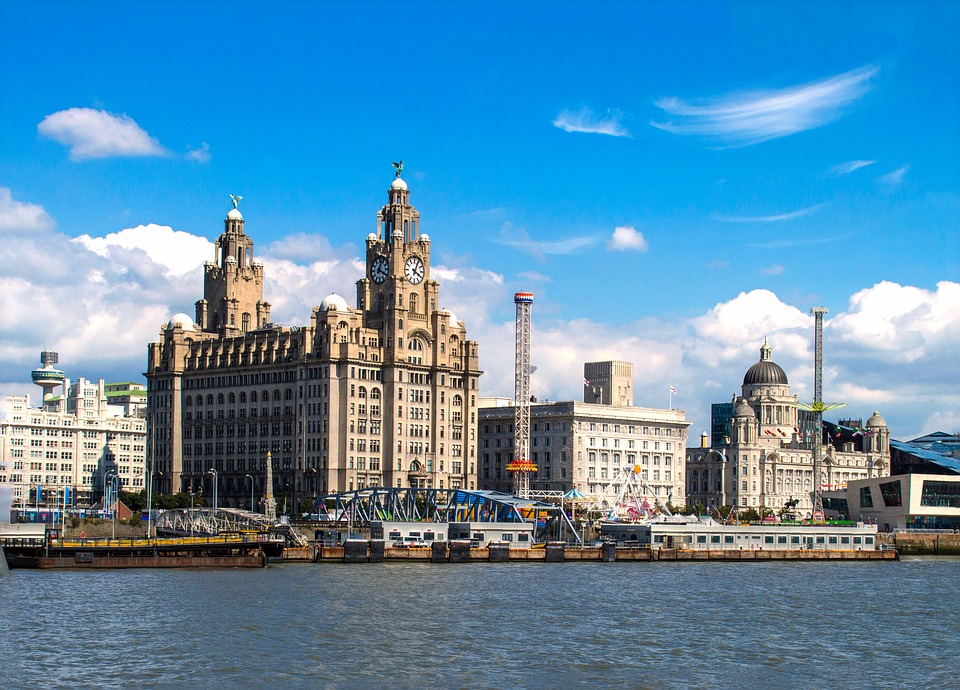Increasing demand for homes in British cities was the driving force behind the rapid house price inflation witnessed earlier this year, according to new analysis from Halifax.
The latest data shows that property prices in urban centres were growing at a faster rate than in their surrounding area.
The impact of the pandemic on people’s lifestyles had driven much stronger house price growth in suburban and rural areas over the last couple of years.
However, since the start of the year, as people increasingly returned to the office and were able to make the most of leisure opportunities again, property prices in cities have grown by 9.2%, while in surrounding areas it was much less, at 7.9%.
While the picture still varies significantly in and around individual cities across the country, Halifax says this suggests a shift in homebuyers’ post-pandemic priorities.
In the North West, the cities of Liverpool (8.9%) and Manchester (11.5%) have seen much stronger house price growth so far this year, compared to their surrounding areas where growth was 7.2% and 6.6% respectively.
For example, in Bury prices have risen by just 1.3%.
Get in touch with Mortgage Broker UK today to discuss your residential and Buy to Let Mortgage requirements.
Elsewhere in Scotland, where both Edinburgh (12.9%) and Glasgow (8.5%) have seen property price inflation increase much more quickly since the turn of the year, compared to their surrounding areas where growth was a lot lower at 6.1% and 4.6% respectively.
This has been reflected in places like Fife with only 2.1% growth and West Dunbartonshire which saw a decline of 0.7%.
In Greater London, inner London boroughs recorded average property price growth of 6.8%, compared to 4.6% in the outer boroughs.
Brent is one of only a handful of London boroughs to see prices fall so far this year, down 8.4%.
In the North East, the cities of Newcastle (6.4%), Sunderland (5.3%) and Middleborough (-2.2%) are seeing lower growth than their surrounding areas.
South Tyneside leads the way for house price growth in the region, up by 14% over the last nine months.
Read about the UK Housing Market via our Specialist Residential & Buy to Let Division
Likewise in Birmingham, where growth in the surrounding areas totalled 9.4%, which is stronger than the city itself recording a growth rate of 8.6% this year.
This is reflected in places like Walsall, which has seen property price inflation of 16.4% over the same period.
Halifax mortgages director Andrew Asaam says: “The pandemic transformed the UK housing market. Homeowners wanted bigger homes and better access to green spaces, fueling huge demand for larger properties away from urban centres. This accelerated house price growth in the suburbs and more rural areas, while in cities it was much slower.”
Discover our Mortgage Broker services
“That trend didn’t disappear completely this year, as house price growth in these areas remained strong. But, as daily life started to get back to normal for many, the opportunity to live in cities became more attractive again, driving up demand. There’s evidence of this in locations across the country, with property price inflation in the majority of cities outstripping increases in their surrounding areas.”
“Clearly the economic environment has changed considerably in the last few months, with the likelihood of more significant downward pressure on house prices, as the cost of living squeeze and higher borrowing costs limit demand. The extent to which such trends will continue to shape the housing market is therefore uncertain.”
By Becky Bellamy
Source: Mortgage Finance Gazette

